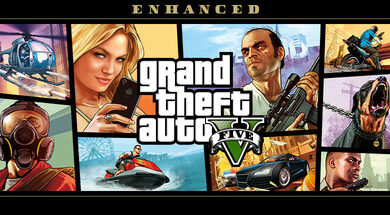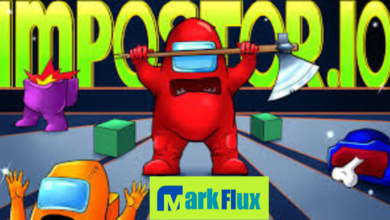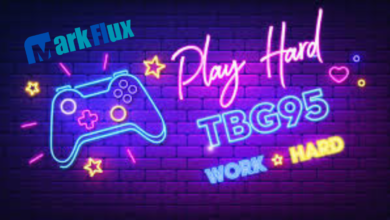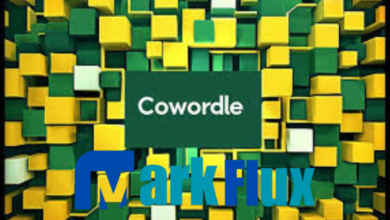Bubble Font Designs: Creative Ideas to Make Your Text Pop
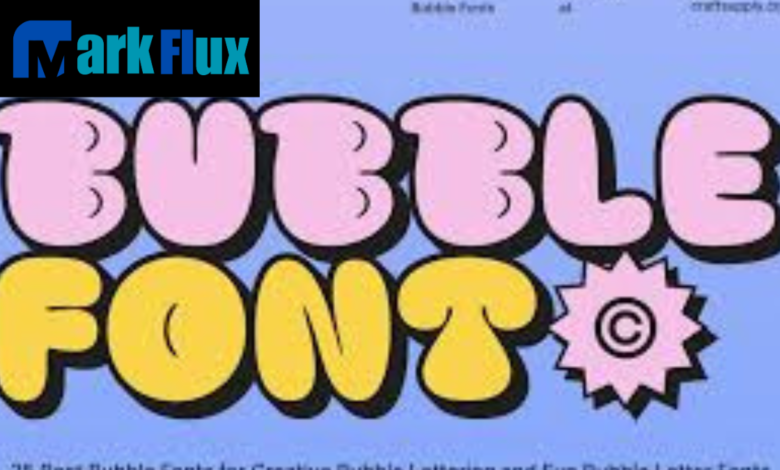
bubble fonts Typography has always played a pivotal role in design, from books and advertisements to websites and logos. Among the many different font styles, have emerged as a popular choice for their playful, eye-catching aesthetic. In this article, we’ll explore everything you need to know about —from what they are and how they evolved, to their best uses in design projects. Whether you’re a graphic designer, brand strategist, or DIY enthusiast, this guide will provide valuable insights on using creatively and effectively.
What is a Bubble Font?
Bubble fonts are a type of typography that features rounded, soft edges, often resembling inflated or bubbly shapes. These fonts are characterized by their thick strokes and playful, bold appearance, making them instantly recognizable. The rounded nature of gives them a friendly, approachable vibe, which is why they are often used in designs meant to evoke joy or excitement.
The origins of bubble can be traced back to the late 1960s and early 1970s, when they were popularized in comic books and advertisements. The bold, inflated look was perfect for grabbing attention, particularly in the colorful world of children’s entertainment. Over time, transitioned from comic book lettering to mainstream design, becoming a staple in posters, logos, and packaging. Today, are seen as a fun, modern take on traditional typography, combining nostalgia with contemporary design.
While are most commonly associated with playful or casual designs, they can also be adapted for more sophisticated uses when customized with different colors, effects, and combinations. They add a unique visual element to designs, making them stand out in crowded spaces like social media or marketing materials.
Types of Bubble Fonts and Their Styles
Bubble fonts come in various shapes, sizes, and styles, each bringing a distinct personality to a design. Understanding the different types of bubble fonts is essential for selecting the right one for your project.
- Classic Bubble Fonts: These are the quintessential —round, bold, and playful. They often feature thick, smooth curves that mimic the shape of bubbles. Classic are perfect for fun, casual designs like party invitations or children’s book covers.
- Graffiti-Inspired Bubble Fonts: Influenced by street art and urban culture, these fonts often incorporate elements of graffiti, such as uneven strokes, sharp edges, and vibrant colors. Graffiti-inspired bubble fonts bring an edgy, contemporary flair to designs, making them suitable for music posters, streetwear brands, and bold advertisements.
- Hand-Drawn Bubble Fonts: These fonts give the appearance of being hand-sketched or drawn, which adds a personal, organic touch to the typography. Hand-drawn are often used in projects that aim for a more rustic or charming look, such as DIY crafts, handmade greeting cards, or small-business branding.
- 3D Bubble Fonts: As the name suggests, 3D add depth and dimension to the classic style. These fonts are designed to appear as though they are floating or inflated, which makes them perfect for modern designs like website headers or interactive user interfaces.
- Modern Digital Bubble Fonts: With the rise of digital design, new variations of have emerged, incorporating sleek lines, subtle gradients, and other digital effects. These fonts are well-suited for tech-related brands, digital products, or social media designs looking to appeal to a younger, tech-savvy audience.
Each style of bubble font can be customized in countless ways, giving designers the flexibility to adapt them to different design contexts and brand identities.
How to Create and Customize Bubble Fonts
Creating and customizing involves several steps, whether you’re designing from scratch or modifying existing fonts. Here are some tips and techniques to help you get started:
- Sketching by Hand: If you want to create a truly unique bubble font, begin by sketching it out by hand. Use a pencil to draw rounded, inflated shapes, paying attention to how the letters interact with each other. Once you’re happy with the basic design, refine the shapes and contours to achieve a smooth, consistent look.
- Using Design Software: Software like Adobe Illustrator, Photoshop, and Canva are excellent tools for creating bubble fonts digitally. Start by choosing a font that has the potential to be transformed into a bubble style, or use vector tools to draw out custom letters. Focus on adding bold curves and smooth edges to maintain the “bubble” effect. Software tools also allow you to easily manipulate the font’s thickness, spacing, and overall shape.
- Best Practices for Customization: When customizing a bubble font, it’s essential to consider factors like readability, color contrast, and scalability. For example, using a light color on a dark background can make the font pop, while adjusting the letter spacing can help the font appear more balanced. Avoid overcomplicating the design—simple and clear typography is often the most effective.
- Color Psychology: The color you choose for your bubble font plays a huge role in conveying the right message. Bright, vibrant colors like yellow, pink, or blue are often used to evoke a sense of fun, excitement, and energy. On the other hand, pastel shades or muted tones can create a softer, more soothing effect. Think about the emotional impact you want to create with your design and select your colors accordingly.
- Mistakes to Avoid: One common mistake when designing with bubble fonts is making them too large or too complex, which can reduce legibility. Always test your design at different sizes to ensure it remains clear. Also, avoid overcrowding your design with too many —sometimes less is more.
Best Uses of Bubble Fonts in Design Projects
Bubble fonts are highly versatile and can be used in a variety of design projects. Here are some of the most popular ways to incorporate bubble fonts into your work:
- Branding and Logos: Bubble fonts are an excellent choice for creating memorable logos, especially for businesses targeting younger audiences or those in the entertainment, fashion, or food industries. Their playful and approachable nature helps make a brand seem more friendly and relatable. For example, a children’s toy store or ice cream parlor would benefit from a bubbly logo.
- Posters, Flyers, and Banners: The boldness of bubble fonts makes them ideal for posters, flyers, and banners, where you need the text to stand out and grab attention. Whether promoting an event or advertising a product, bubble fonts ensure your message is clear and eye-catching from a distance.
- Children’s Books and Party Invitations: Bubble fonts are often used in children’s literature and party invitations because they immediately capture the essence of fun and imagination. Their round, soft shapes make them easy for kids to read, while adding a sense of whimsy to any design.
- Social Media Graphics and Advertisements: With social media platforms crowded with content, using bubble fonts can help your posts stand out. Their bold, fun nature grabs attention in a feed, whether you’re promoting a sale, sharing a quote, or advertising an event. They are especially effective for Instagram stories, Facebook ads, and Snapchat posts.
- Educational Materials and DIY Crafts: Bubble fonts can add a playful touch to educational materials such as worksheets, posters, and flashcards. They also make excellent choices for DIY projects, including scrapbooking, greeting cards, and crafts, where creativity and fun are key.
Where to Find or Download the Best Bubble Fonts
Finding the perfect bubble font is easier than ever thanks to numerous online font libraries and design platforms. Here are some top websites to explore:
- Google Fonts: A great resource for free, open-source fonts, Google Fonts offers several bubble-style options that can be easily incorporated into both print and digital designs.
- DaFont: DaFont features a wide variety of bubble fonts, ranging from playful and whimsical to bold and modern. Many fonts are available for free download, though be sure to check the licensing terms.
- Font Squirrel: Font Squirrel is another excellent site for finding high-quality fonts with proper licenses. They also offer a selection of bubble fonts that are free for commercial use.
- Creative Market: For premium fonts, Creative Market offers a curated selection of bubble fonts, each designed by professional typographers. These fonts often come with unique features and customization options, making them ideal for high-end projects.
When downloading fonts, always ensure you understand the licensing agreement—some fonts are free for personal use but require a commercial license for business purposes.
Conclusion
Bubble fonts are more than just a playful design trend—they are a powerful tool in the designer’s toolkit. Their bold, rounded shapes can make any design stand out, from logos and posters to social media posts and educational materials. By understanding the different types of bubble fonts and how to customize them, you can bring a unique touch to your creative projects. Whether you’re a seasoned designer or a beginner, experimenting with bubble fonts is a fun and rewarding way to enhance your work.
Also Read: pi123
